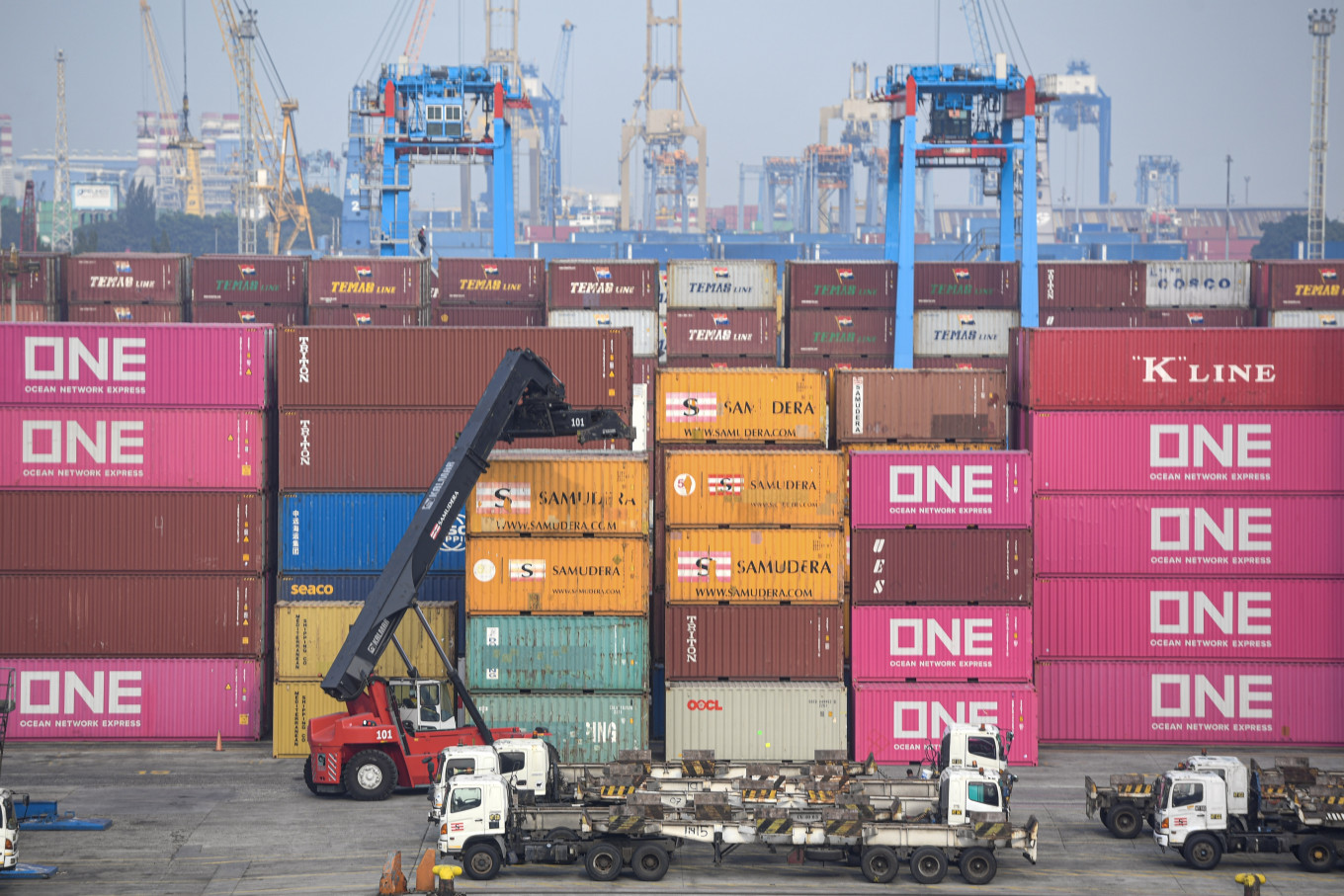Popular Reads
Top Results
Can't find what you're looking for?
View all search resultsPopular Reads
Top Results
Can't find what you're looking for?
View all search resultsBeyond the red flags: Unlocking Indonesia's potential for inclusive growth
While the easing of interest rates provides some relief to businesses and consumers, it does not directly address the issues of a shrinking middle class or the manufacturing sector's contraction.
Change text size
Gift Premium Articles
to Anyone
I
ndonesia's third quarter presented a series of complex economic issues that require careful evaluation and strategic responses. Our forecast suggests that the country's economy will grow by 4.93 percent in the third quarter, signaling a slight deceleration from previous quarters.
While there have been some positive developments, several red flags indicate deeper problems that need to be addressed to sustain growth and expansion.
One of the primary concerns in the third quarter this year is the continued contraction of the manufacturing sector. The Purchasing Managers' Index (PMI) dropped to 48.9 in August, signaling the second consecutive month of decline. This downward trend has been apparent since June, indicating that the sector's challenges are not temporary but rather indicative of systemic issues.
The declining PMI reflects multiple factors: rising input costs, the depreciation of the rupiah and reduced export orders. A weakened rupiah has made imported raw materials more expensive, squeezing manufacturers’ profit margins and forcing many to cut production, thus exacerbating the economic slowdown. Moreover, global economic uncertainty and weakening demand have limited the potential for export growth.
The contraction in manufacturing is significant for the broader economy. As one of Indonesia's economic pillars, the sector provides jobs, supports supply chains and contributes substantially to gross domestic product (GDP). A continued decline could lead to job losses, reduced household income and a further decrease in consumer spending, creating a feedback loop that deepens the economic downturn.
The middle class, which has traditionally been the engine of Indonesia’s domestic consumption, is also showing signs of strain. Inflation has eased to 2.12 percent, which might seem positive on the surface, however, this drop indicates weaker consumer demand and highlights a growing sense of financial insecurity among middle-income households. Retail sales growth has plateaued, reflecting that households are becoming more cautious, opting for more affordable alternatives and cutting back on discretionary spending. This situation signals a mismatch between the rise in consumer confidence (evidenced by an index increase to 124.4 in August) and actual spending power.
One of the root causes of the middle class's struggle is the lagging performance of the formal economic sector. As formal employment opportunities have stalled or become less secure, more individuals are being pushed into the informal economy, which typically offers lower wages and fewer benefits.



















